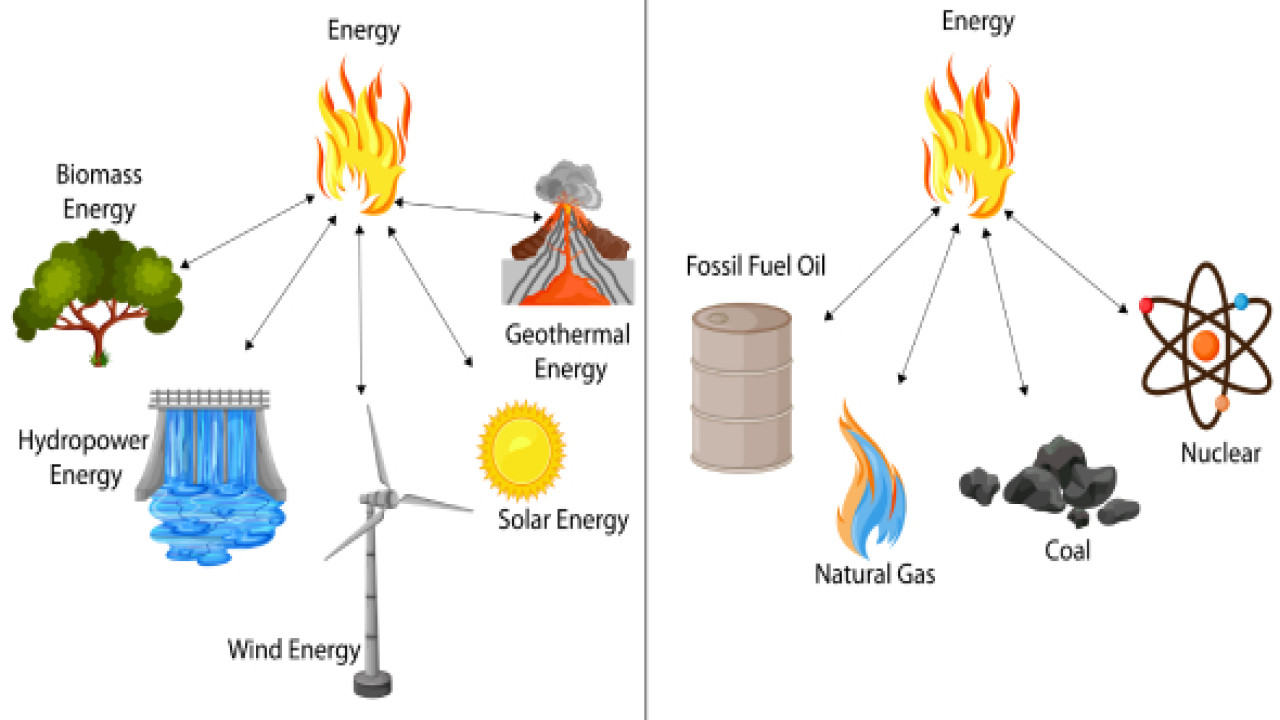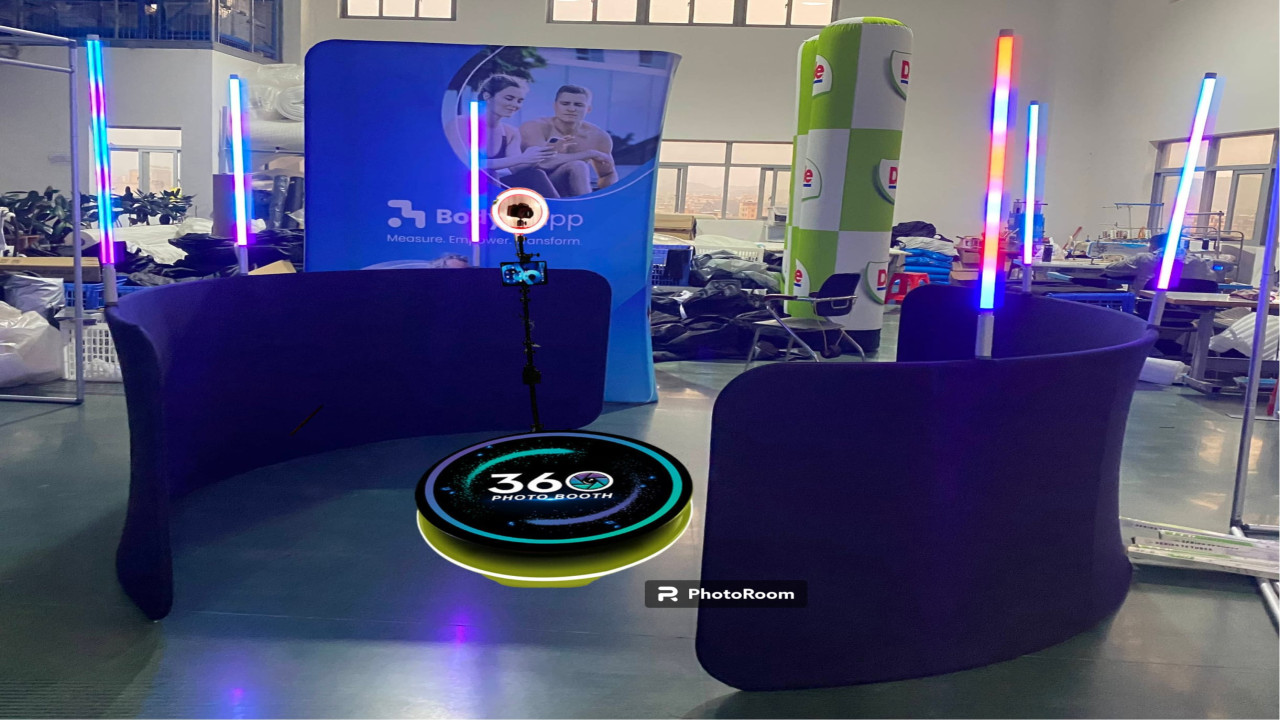Reverse Search with Image: Unlocking the Power of Visual Discovery
In today’s digital era, we are constantly interacting with images, whether for business, entertainment, or personal use. With the ever-growing use of social media, e-commerce, and online platforms, images have become an essential part of the internet experience. However, there are times when an image can spark curiosity—where was it taken, who is the person in the photo, or what website is hosting it? Enter reverse image search—a tool that can answer these questions and more.
Reverse image search is revolutionizing the way we interact with visual content online. This innovative technology allows users to search for information about an image by uploading or providing a link to the image, rather than relying on keywords. In this blog post, we will explore how reverse image search works, its various applications, and why it has become an indispensable tool in the digital landscape.
What Is Reverse Image Search?
Reverse image search is a technology that enables users to search for information about an image using the image itself. Unlike traditional text-based search engines, which rely on keywords and phrases, reverse image search engines analyze the content of the image to find similar or identical images across the web. Essentially, it allows you to track down the source of the image, identify its context, and discover its history—all without needing a single word.
The process involves several steps: the image is uploaded or linked to a search engine, which then uses algorithms to analyze key features such as shapes, colors, textures, and patterns. Based on this analysis, the search engine generates results that include web pages where the image appears, websites that contain similar images, and even pages that offer information related to the content of the image.
How Does Reverse Image Search Work?
At the core of reverse image search is image recognition technology. It’s similar to facial recognition, where the software identifies unique patterns in an image and compares them to databases of images online. These comparisons help generate relevant search results. The process generally includes the following steps:
-
Upload or Provide an Image URL: Users can either upload an image from their device or provide the URL of the image to the search engine.
-
Image Analysis: The search engine breaks down the image into a set of numerical data, analyzing key visual components such as pixels, shapes, and edges.
-
Matching and Indexing: Using a vast database of indexed images from across the web, the search engine compares the features of the uploaded image with those already present in its database. This search can take milliseconds, depending on the search engine’s capabilities.
-
Results: The search engine displays images and web pages that are similar or identical to the uploaded image. It may also show additional information, such as the image’s origin, context, and even social media mentions.
Applications of Reverse Image Search
The versatility of reverse image search makes it a useful tool in various scenarios. Here are some of the most common applications:
1. Finding the Source of an Image
One of the primary uses of reverse image search is to track down the original source of an image. For instance, if you come across a striking photograph or graphic on the internet but don’t know where it originated, a reverse image search can help you locate the original website or photographer. This is especially helpful in journalism, blogging, or content creation, where proper attribution is essential.
2. Verifying Information and Fact-Checking
In an era of misinformation, reverse image search plays a pivotal role in verifying the authenticity of images. For example, when a viral image or video surfaces on social media, it can often be manipulated, misrepresented, or taken out of context. By performing a reverse image search, users can trace the origins of the image and uncover whether it has been altered or falsely attributed.
Fact-checking organizations often use reverse image search to combat fake news by verifying images and videos associated with trending topics. This technology ensures that what we see online is trustworthy and reliable.
3. Protecting Intellectual Property
For photographers, graphic designers, and artists, reverse image search can be an invaluable tool for protecting their intellectual property. It helps creators track where their images are being used across the web, enabling them to monitor unauthorized usage. Many reverse image search platforms offer alerts that notify creators when their work is published elsewhere.
4. Identifying People or Places
Another significant use of reverse image search is for identifying people or locations in photos. If you stumble upon an image and wonder who the person is or where the image was taken, reverse image search can help answer these questions. It’s commonly used in social media and dating apps to verify the authenticity of profiles or to learn more about a person’s background.
Moreover, travelers often use reverse image search to identify famous landmarks or unknown places they come across during their journeys.
5. Shopping and Product Discovery
Reverse image search has become an indispensable tool in e-commerce. Imagine seeing a product you love in an image but not knowing where to buy it. Reverse image search can help you track down the exact product by matching it to online listings. Many shopping platforms now integrate reverse image search to allow users to find similar products based on visual searches. This has transformed the way we shop online, making it more intuitive and personalized.
6. Detecting Image Manipulation
With the rise of deepfakes and photo editing apps, detecting altered images has become increasingly important. Reverse image search can help determine if an image has been digitally altered by comparing it with unmodified versions online. This is especially relevant for political, celebrity, and sensitive images.
Popular Reverse Image Search Engines
There are several reverse image search engines available online, each with unique features. Some of the most widely used platforms include:
-
Google Images: Google’s reverse image search is perhaps the most well-known. To use it, users can either drag and drop an image into the search bar or paste the URL of an image. Google’s vast database makes it one of the most accurate and comprehensive reverse image search tools available.
-
TinEye: TinEye is another popular reverse image search engine that specializes in finding exact matches of images online. It offers advanced filters that allow users to sort results by date or image size, making it particularly useful for identifying when and where an image first appeared.
-
Bing Visual Search: Microsoft’s Bing search engine also features a reverse image search tool called Visual Search. It provides similar functionality to Google Images but also allows users to search for products, landmarks, and even animals based on visual input.
-
Yandex: Yandex is a Russian search engine that also provides a robust reverse image search feature. It’s particularly helpful for finding images from Russian-language websites and sources that may not be indexed by other search engines.
Why Reverse Image Search Is Crucial in Today’s Digital World
Reverse image search is a game-changer in our increasingly visual-driven society. Whether you’re looking for the source of an image, verifying the authenticity of a visual, or simply curious about a product, reverse image search empowers users with the ability to uncover information quickly and efficiently.
With misinformation and image manipulation on the rise, reverse image search also serves as a tool for digital literacy, helping individuals make informed decisions and contribute to the accuracy of online content. As the technology continues to evolve, its capabilities will likely expand, offering even more powerful tools for visual discovery.
Conclusion
Reverse image search is an indispensable tool for navigating the digital landscape. From verifying information to protecting intellectual property and discovering new products, it’s a resource that offers unparalleled convenience and accuracy. Whether you’re an artist, journalist, or simply a curious internet user, reverse image search helps uncover the stories behind the images that populate our screens. By unlocking the power of visual discovery, reverse image search is reshaping how we interact with content on the web.
References:
- Google. (2023). Search an image with Google. Retrieved from https://support.google.com
- TinEye. (2023). How TinEye Works. Retrieved from https://www.tineye.com
- Microsoft Bing. (2023). Visual Search. Retrieved from https://www.bing.com
- Yandex. (2023). Yandex Images. Retrieved from https://yandex.com/images





Comments (0)